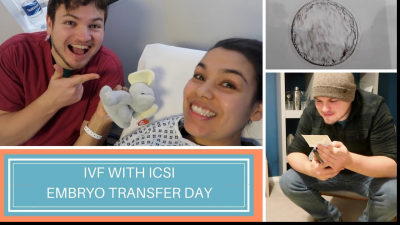Is it possible to achieve pregnancy with teratozoospermia?
Natural pregnancy with teratozoospermia can be complicated and, in the most severe cases, it is practically impossible for fertilization and subsequent development of the embryo to take place.
Men with infertility due to teratozoospermia will have to resort to assisted reproduction techniques to be able to be parents.
The appropriate fertility treatment will depend on many factors, not just the degree of abnormalities in the sperm. The rest of the seminal parameters, as well as the age and health status of the woman, are also limiting when it comes to getting the pregnant woman.
Below you have an index with all the points that we will discuss in this article.
Index- 1. Natural pregnancy
- 2. Assisted reproduction treatments
- 2.1. Artificial insemination (AI)
- 2.2. In vitro fertilization (IVF)
- 2.3. IMSI
- 3. Questions from users
- 3.1. Which treatment of assisted reproduction is the most appropriate to have a pregnancy with teratozoospermia?
- 3.2. Can abnormal sperm cause an abortion?
- 3.3. Can teratozoospermia lead to a pregnancy with Down syndrome?
- 3.4. What treatment is appropriate for a couple with teratozoospermia and PCOS?
- 4. Recommended reading
- 5. Bibliography
- 6. Authors and collaborators
Natural pregnancy
Amorphous sperm can make pregnancy difficult for one of the following reasons:
- They present a greater difficulty of displacement due to their abnormal shape, which prevents them from reaching the ovum in the fallopian tube.
- The anomalies of the head can prevent the sperm from penetrating inside the ovum in order to fertilize it.
- When the cause of teratozoospermia is genetic, the resulting embryo may have alterations in its DNA that prevent its proper subsequent development.
All these reasons make natural gestation is not possible or that their arrival is delayed.
When the degree of teratozoospermia is mild, the normal sperm that exist in the semen itself could lead to a viable pregnancy. Depending on the parameters of concentration and sperm motility, the probability of natural pregnancy with teratospermia will be higher or lower.
On the other hand, when the teratozoospermia is moderate, severe or is associated with another alteration (oligozoospermia or astenozoospermia), the couple most likely needs to resort to a fertility treatment to have a child.

Comments
Post a Comment